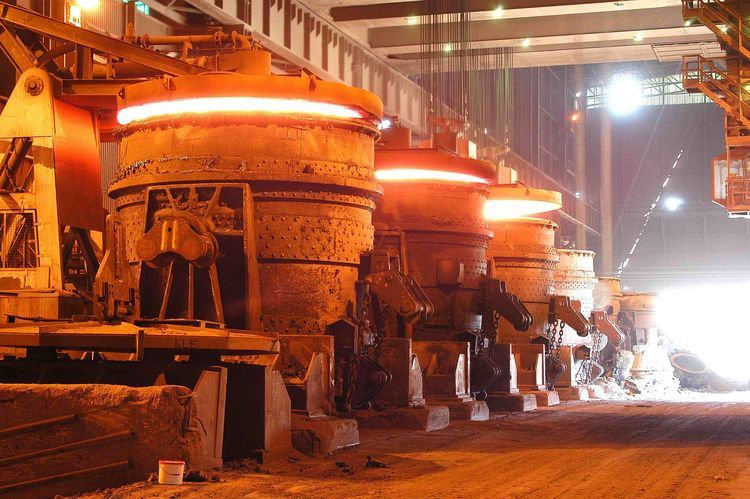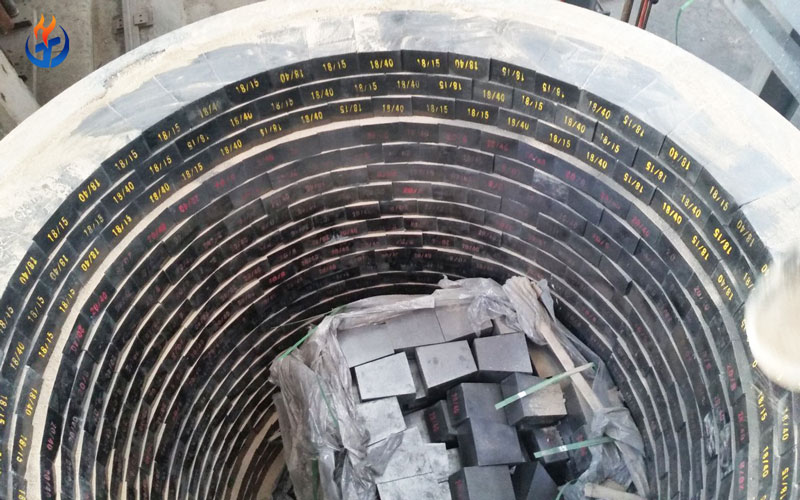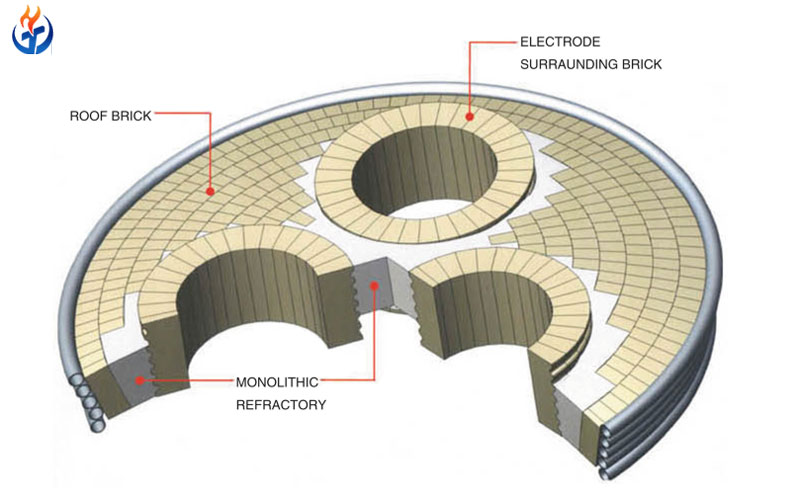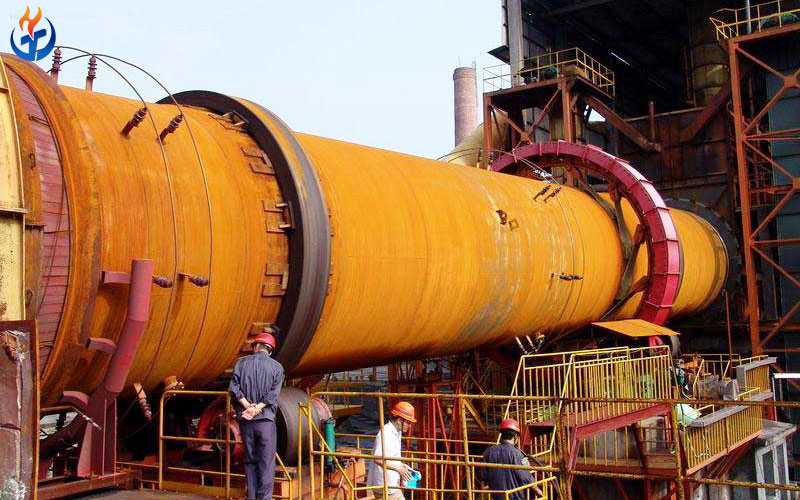The steel industry is one of the most refractory-intensive sectors in the global economy. With operating temperatures frequently exceeding 1600°C, the equipment and processes in steelmaking require materials that can endure extreme thermal, mechanical, and chemical stress. Among all refractory materials, refractory bricks stand out as a critical component in the construction and maintenance of steel plant furnaces, ladles, tundishes, and other thermal processing units.
In this article, we explore the key roles, types, and selection criteria for refractory bricks used in the steel industry.

Why Refractory Bricks Are Crucial in Steelmaking
Steel production involves numerous thermal processes such as melting, refining, and casting, all of which rely on high-performance linings to ensure safety, energy efficiency, and equipment longevity. Refractory bricks offer the following advantages:
High resistance to extreme heat (up to 1800°C)
Excellent mechanical strength under load
Resistance to slag, molten metal, and thermal cycling
Customizable shapes for complex furnace designs
Durability and cost-effectiveness over long campaigns
Without proper refractory linings, critical equipment in steel plants would degrade rapidly, leading to safety hazards, frequent shutdowns, and huge maintenance costs.
Major Areas of Application in Steel Plants
1. Blast Furnace
Function: Reduces iron ore into molten iron using coke and air blast.
Refractory Brick Type: High alumina bricks, carbon bricks, silicon carbide bricks.
Key Challenges: High temperature, abrasion from burden material, alkali corrosion.
The blast furnace operates continuously and under aggressive chemical attack from alkalis and slag. The lower stack, bosh, and hearth areas face the highest thermal load and require premium-quality bricks with exceptional strength.
2. Hot Blast Stove
Function: Preheats air for blast furnace combustion.
Brick Requirements: High thermal conductivity and heat storage.
Typical Bricks: Checker bricks, insulating fire bricks (IFB), fireclay bricks.
Hot blast stoves require checker bricks that enable thermal regeneration. The bricks must have high porosity and low heat loss to ensure efficient hot air generation.
3. Basic Oxygen Furnace (BOF)
Function: Converts hot metal into steel using oxygen injection.
Refractory Need: High thermal shock resistance, slag resistance.
Brick Types: Magnesia-carbon bricks, high alumina bricks.
In BOF, refractory linings endure harsh conditions, including oxidizing slag, thermal cycling, and fast temperature rise. MgO-C bricks are favored due to their resistance to basic slag and thermal spalling.
4. Electric Arc Furnace (EAF)
Function: Melts scrap steel using electric arcs.
Bricks Used: Magnesia-carbon bricks (for slag line), alumina bricks (roof and sidewalls).
Requirements: Resistance to arc radiation, spalling, and thermal cycling.
Electric arc furnaces pose a unique challenge due to their intermittent operation and high localized heating. Refractory bricks here must be extremely robust to arc erosion and slag attack.
5. Ladle Lining
Function: Holds and transports molten steel to tundish or casting section.
Brick Materials: High alumina bricks, alumina-spinel bricks.
Challenges: Corrosion from steel slag, thermal stress, mechanical abrasion.
The ladle is exposed to both mechanical wear and chemical corrosion from molten steel. Proper brick linings are essential for ladle campaign life and steel purity.
6. Tundish & Continuous Casting
Purpose: Controls the flow of steel from ladle to mold.
Bricks Used: High alumina and insulating bricks for tundish lining.
Advantages: Provides thermal insulation, prevents steel oxidation.
Refractory tundish linings must provide sufficient insulation while ensuring smooth steel flow. Lightweight bricks also help reduce heat loss and maintain steel temperature.
Types of Refractory Bricks Commonly Used
| Type of Brick | Main Component | Max Temp (°C) | Common Use Areas |
|---|---|---|---|
| Fireclay Bricks | Al₂O₃ 30–40% | ~1400°C | Backup linings, ladles |
| High Alumina Bricks | Al₂O₃ 60–80% | ~1700°C | Furnaces, EAFs, ladles |
| Magnesia Bricks | MgO > 85% | ~1800°C | BOF, EAF, slag lines |
| Silica Bricks | SiO₂ > 92% | ~1650°C | Regenerators, coke ovens |
| Insulating Bricks (IFB) | Lightweight alumina | ~1400°C | Back-up lining, hot stoves |
| Carbon/MgO-C Bricks | MgO + C | ~1850°C | Slag lines, high wear zones |
Each type is selected based on its thermal performance, cost, and compatibility with molten steel and slags.
Key Selection Criteria for Steel Industry Refractories
When choosing refractory bricks for steelmaking, consider the following:
Operating temperature
Thermal shock resistance
Chemical resistance (slag and gas)
Mechanical strength under load
Installation method and repair ease
Life cycle cost vs performance
Often, a combination of dense bricks, insulating bricks, and specialized MgO-C bricks are used in layered linings to balance cost and protection. Furthermore, application-specific factors such as furnace geometry, campaign length, and environmental conditions (e.g., alkali vapor attack or rapid heating/cooling) must be considered.
Refractory Brick Testing and Quality Standards
In the steel industry, the failure of a refractory lining can lead to serious downtime or even safety hazards. Therefore, rigorous quality testing is vital. Common tests performed on refractory bricks include:
Cold Crushing Strength (CCS)
Apparent Porosity (AP)
Refractoriness Under Load (RUL)
Thermal Conductivity Tests
Bulk Density and Modulus of Rupture (MOR)
All of these parameters influence how a refractory brick will perform under actual working conditions. At Xintai Refractory, every batch is tested in-house and verified through third-party reports upon request.
Global Trends and Developments
As the steel industry evolves, several trends are shaping refractory use:
Energy efficiency: Insulating fire bricks reduce thermal loss and save fuel.
Digital monitoring: Thermography and embedded sensors help track refractory wear in real-time.
Automation: Use of pre-cast shapes and robotic installation reduces human error and installation time.
Recycling: Spent refractories are increasingly being reclaimed, processed, and reused.
Environmental compliance: New materials aim to reduce emissions, including low-carbon and no-chromium formulations.
In addition, global supply chains have prompted steelmakers to seek more flexible suppliers who can offer both stock and customized solutions.
How Xintai Refractory Supports Steelmakers
At Xintai Refractory, we manufacture a complete range of refractory bricks tailored for steelmaking applications:
High alumina bricks for furnace lining, EAF, and ladle shells
Magnesia-carbon bricks (on request) for slag lines and BOF
Fireclay and insulating bricks for hot blast stoves and backup layers
Pre-shaped and custom-molded bricks for complex geometries
Our materials are ISO-certified, tested for thermal shock, and exported worldwide to over 30 countries. With a strong R&D team and advanced kiln facilities, we guarantee:
Consistent quality
Fast delivery
Customized formulations based on operating conditions
Long-term support and technical documentation
We also provide:
Engineering advice for furnace lining design
OEM/ODM support with logo or private mold
Fast global shipping with heavy-duty export packaging
Looking for the Right Refractory Brick for Your Steel Plant?
Contact us today to get technical recommendations and a free quotation tailored to your furnace type and production scale.
🔗 [Request a Quote]
📧 Email: sales@xintairefractory.com
🌐 Website: www.xintairefractory.com



